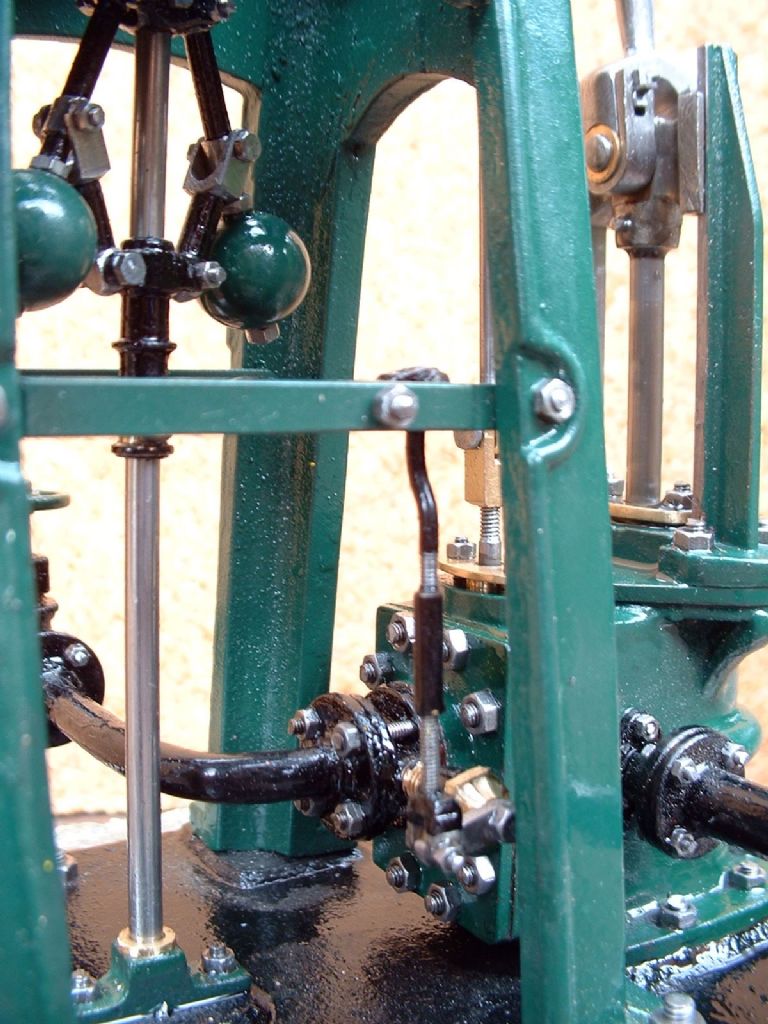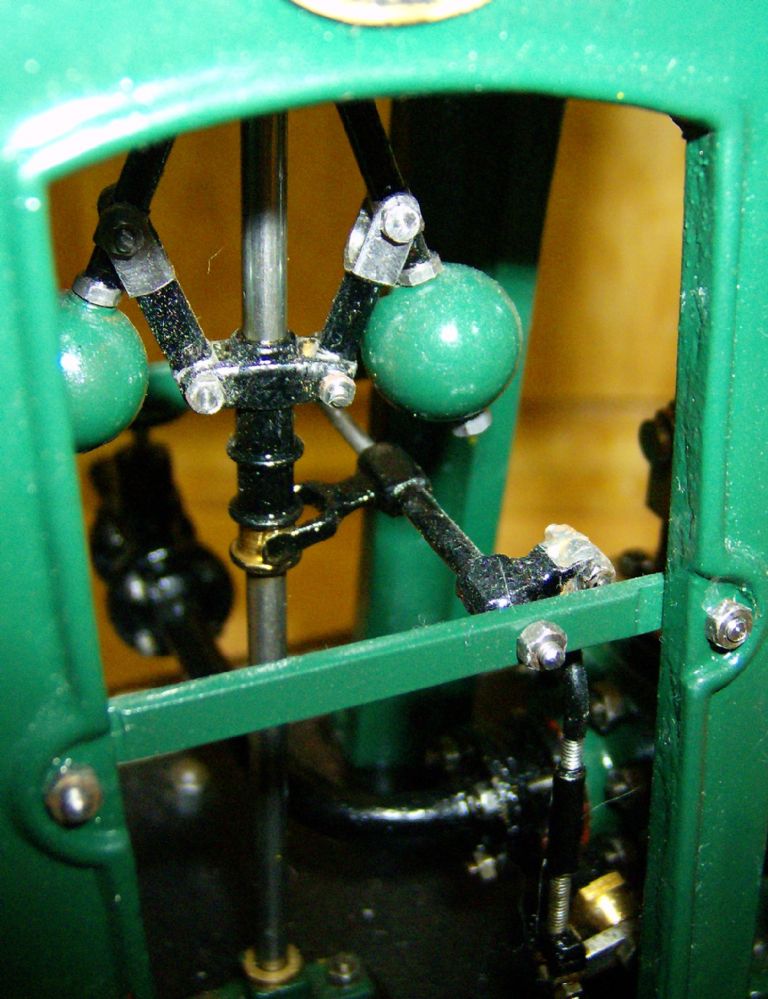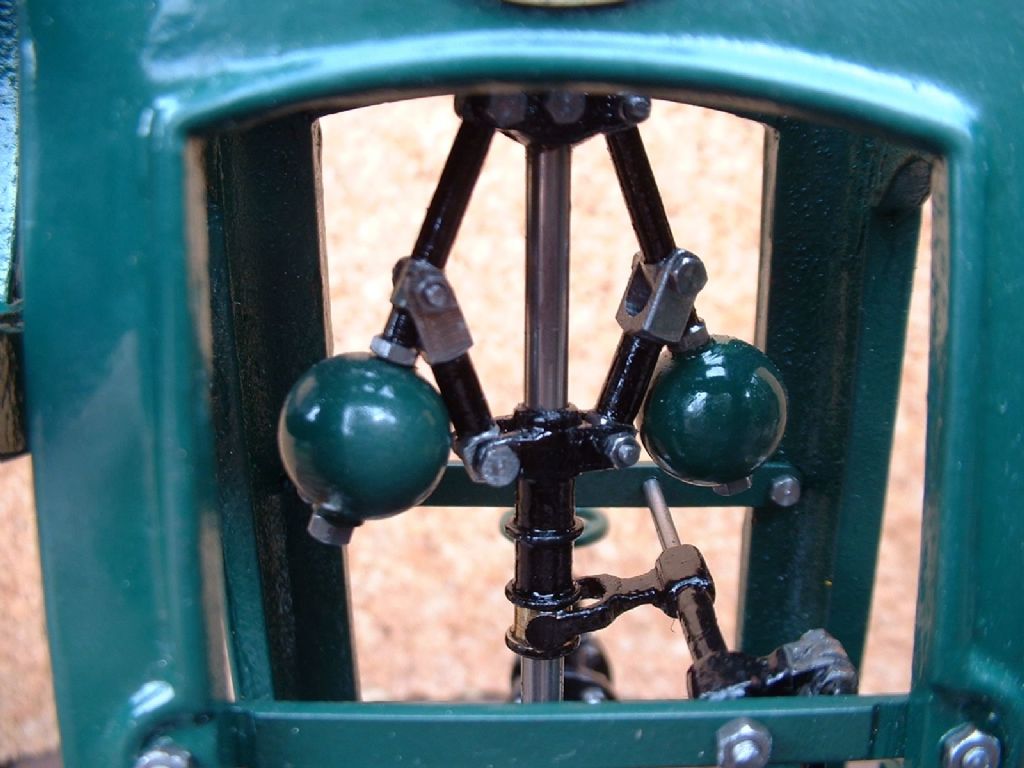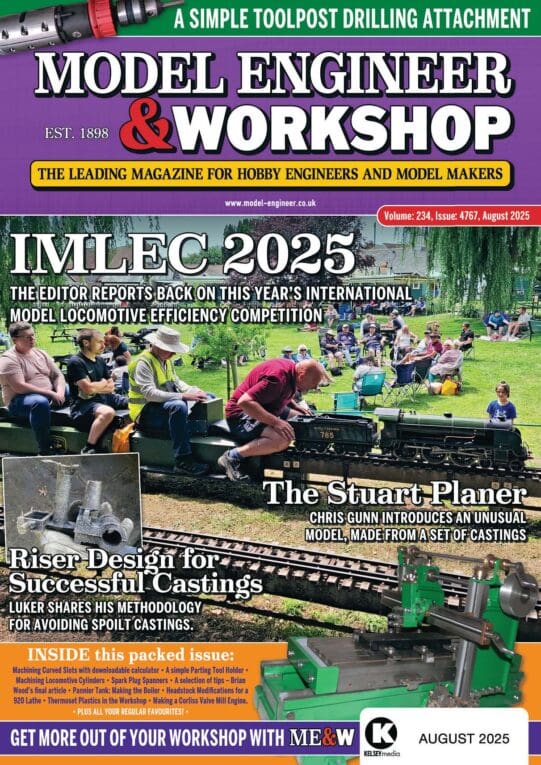On a well designed simple governor, if you increase the load on the engine, the engine slows down a bit, the governor opens the steam valve to limit how much the engine slows down. If it opens the valve too much you will as Andrew suspects get an unstable system which hunts about the set speed. A simple governor will not give constant speed, the better it is the closer you get, but friction and damping in the linkage are your enemy
I think gravity does play some small part in a Pickering governor. The spring arms can be modelled as 2 pin jointed links with a spring pulling the balls to the centre, the spring being the bending stiffness of the arms. By the sounds of it there is also a torsion spring. Unless the balls are right under the spring arm anchor, gravity plays its part. Unless the governor spindle is horizontal of course.
Really clever governors, as made by the likes of Woodward, are hydraulically operated, the governor proper operates a hydraulic servo mechanism, so the operating force comes from the hydraulics, not the flyweights. Some mill engine governors had the governor engage a ratchet mechanism (like a mechanical oil pump but reversible), so if the engine was going too fast a pawl would engage with the closing ratchet and the engine would close its own valve very slowly, and if too slow it engaged the open ratchet. There was a speed range where neither ratchet was engaged. They really were clever chaps even without CAD, FE etc. Some mills had an engine driven clock. If it gained relative the the real clock, the operators got more money because the machines had been running faster and so they had to work harder, if it lost time the mill owner would have few words the the 'engine tenter'
What I still don't get is how you govern a turbine that is generating for the national grid, and so is forced to go at grid speed. How do you ensure it is doing it's bit? Something to do with phase angle
Anonymous.









